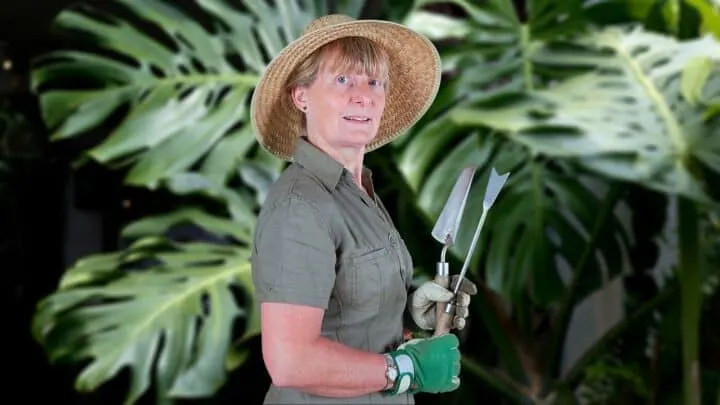Monstera deliciosa is an evergreen tropical shrub, according to the University of Florida, known for its unique leaves that have natural holes once the plant has matured.
The plant’s unique appearance makes it a staple houseplant for many people worldwide.
This plant only requires basic care as it is not a high-maintenance plant. The Monstera fruit is edible.
Yet, if you don’t provide your Monstera deliciosa with proper care, you might face certain problems with your leafy friend, as every single houseplant is susceptible to certain diseases & problems.
One of these problems that Monstera deliciosa owners might be confronted with at some point is black spots (on the leaves).
What is that supposed to mean, and what can you do about it?
To find out, please read on!
Table of Contents
Black Spots On Monstera Deliciosa
A Monstera deliciosa develops black spots due to overwatering, underwatering, sunburn, low humidity, high humidity, improper fertilization, diseases, pests, sunburn, or insufficient airflow.
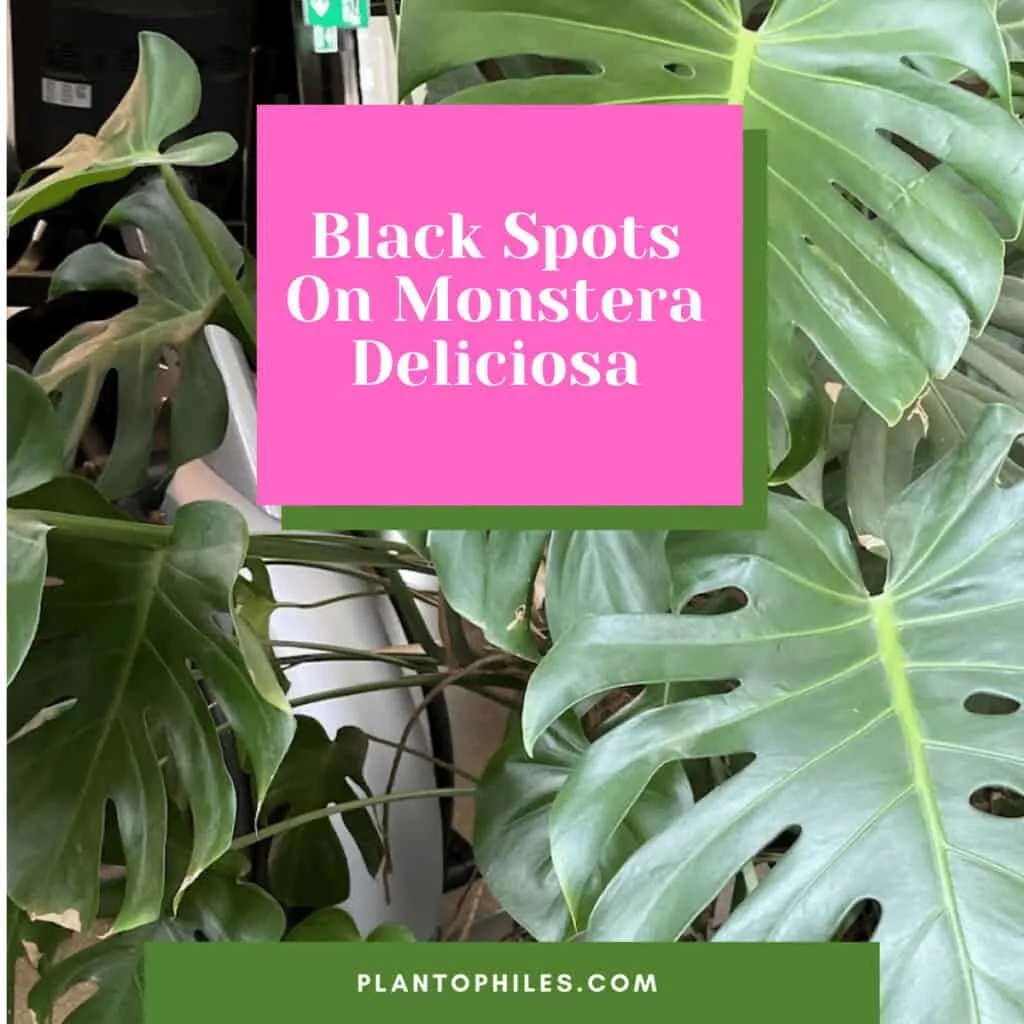
9 Reasons Behind Why Your Monstera Deliciosa Has Black Spots
1. Black spots due to overwatering
If you are overwatering your plant, it can cause the roots to rot, and this causes the leaves of your Monstera Deliciosa to get black spots on them. Overwatering is often hard to spot until it gets out of hand, but your Monstera Deliciosa can recover from this issue if you provide it with proper care.
To spot early signs of overwatering, you should check if the leaves are turning yellow or whether the stems have become soft.
Read about how to correctly water a Monstera deliciosa.
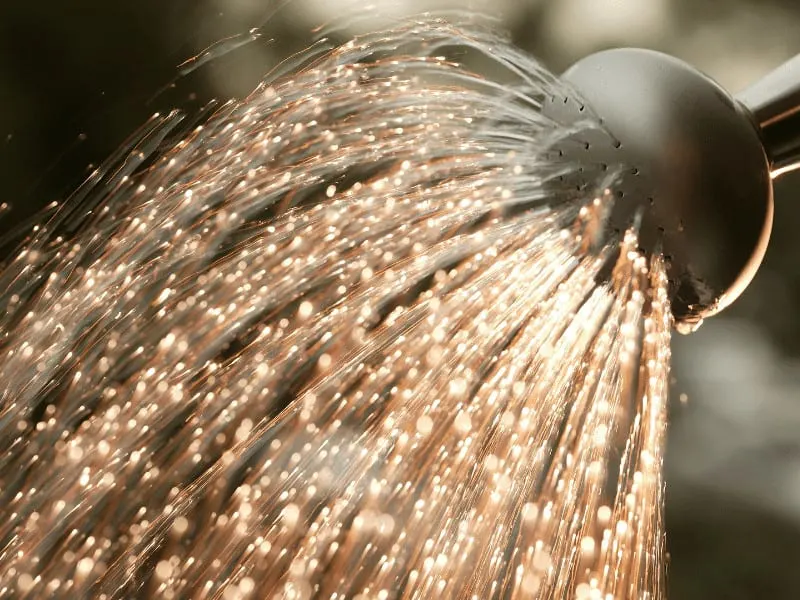
2. Underwatering
underwatering can also be why your Monstera Deliciosa leaves have black spots. If the leaves have started becoming light brown, you need to water the plant.
You can also touch the soil and check if it feels dry. If the soil feels too dry, then it is best to water your plant more than usual.
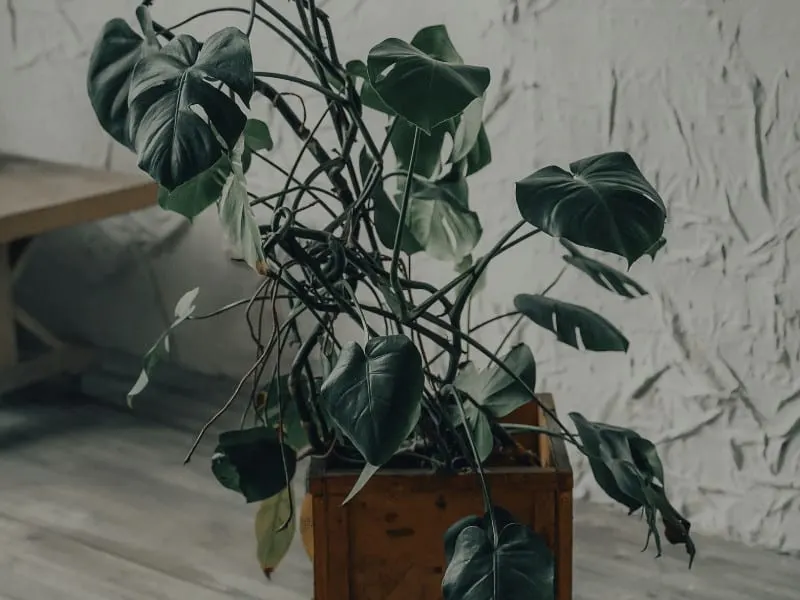
3. Sunburn
If you keep your Monstera Deliciosa under direct sunlight, the black spots may be caused due to sunburn.
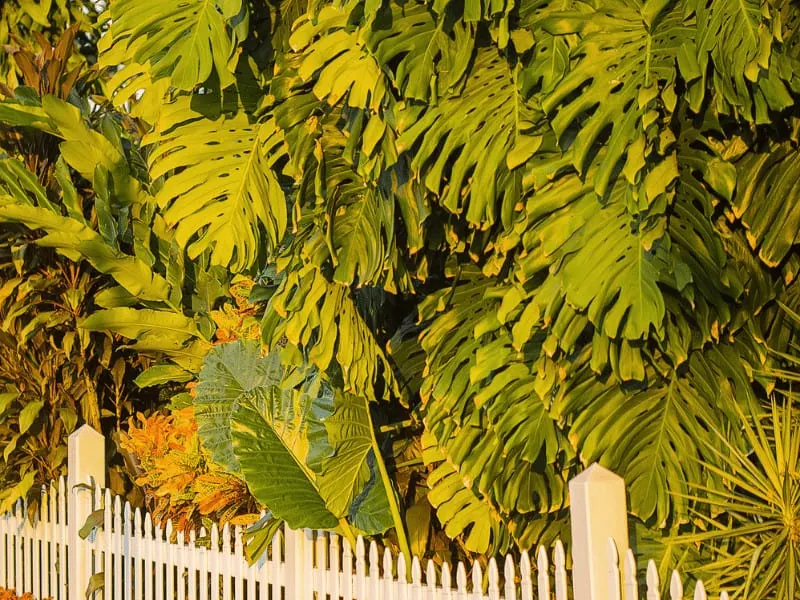
4. Low Humidity
Low humidity levels or dry air around your plant can cause the plant to develop black spots. Monstera Deliciosa comes from the rainforest and enjoys being kept in humid environments.
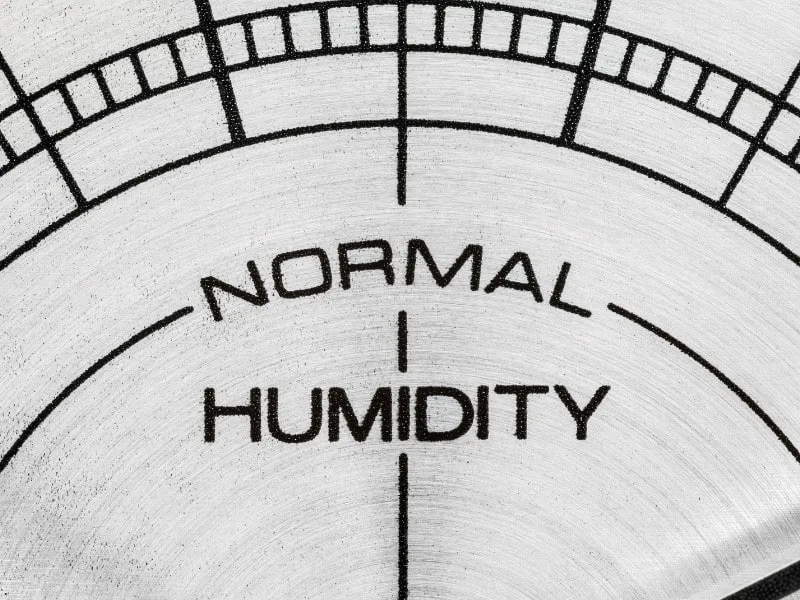
5. High Humidity
Monstera deliciosa loves high humidity. Anything between 60-80% can be considered high humidity. But once the humidity reaches 90% humidity and more it can lead to black spots building on the plant leaves.
The reason is water droplets that stay on the foliage for too long.
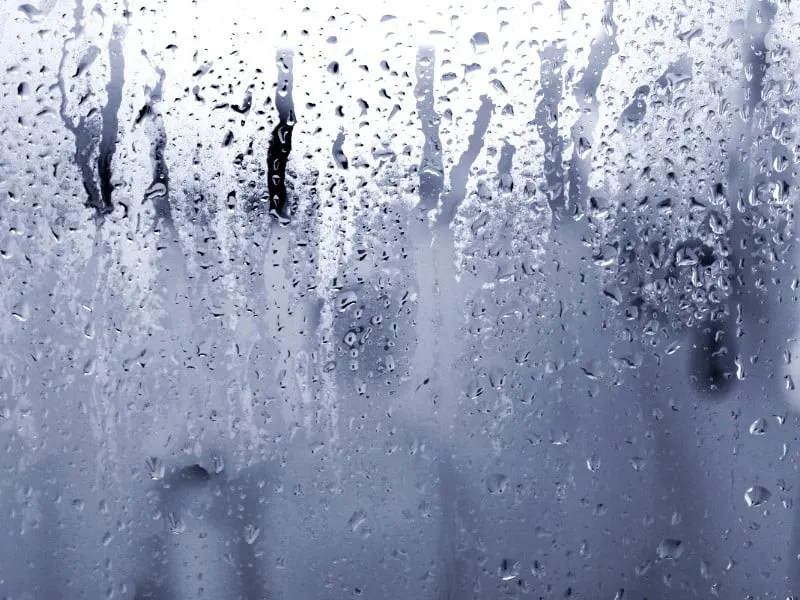
6. Improper Fertilization
If you do not fertilize your Monstera Deliciosa, then it can cause nutrient deficiency. But over-fertilizing your plant can also cause the leaves of your plant to develop black spots.
However, lack of fertilization is the most common issue for owners of Monstera Deliciosa.
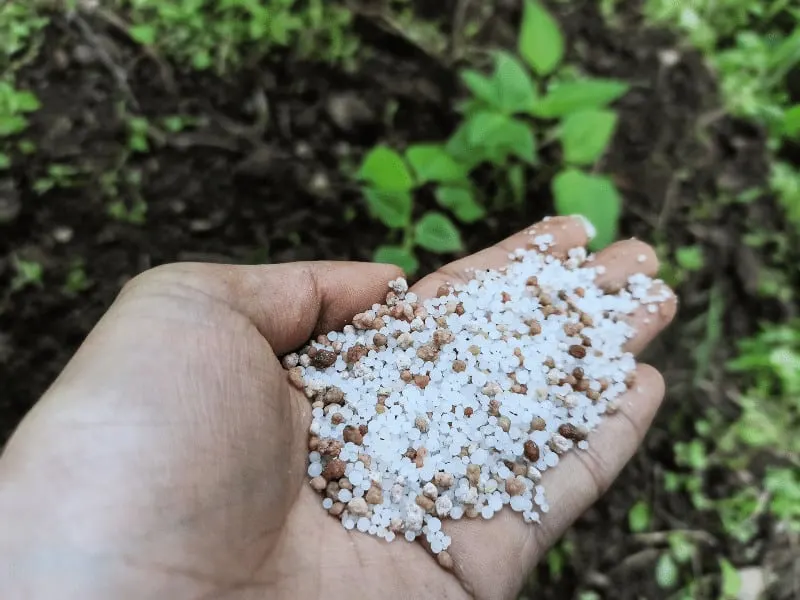
7. Diseases
Bacterial and fungal diseases are the main cause of black spots on Monstera Deliciosa leaves. Often, these spots form the same size and have a yellow circle surrounding them.
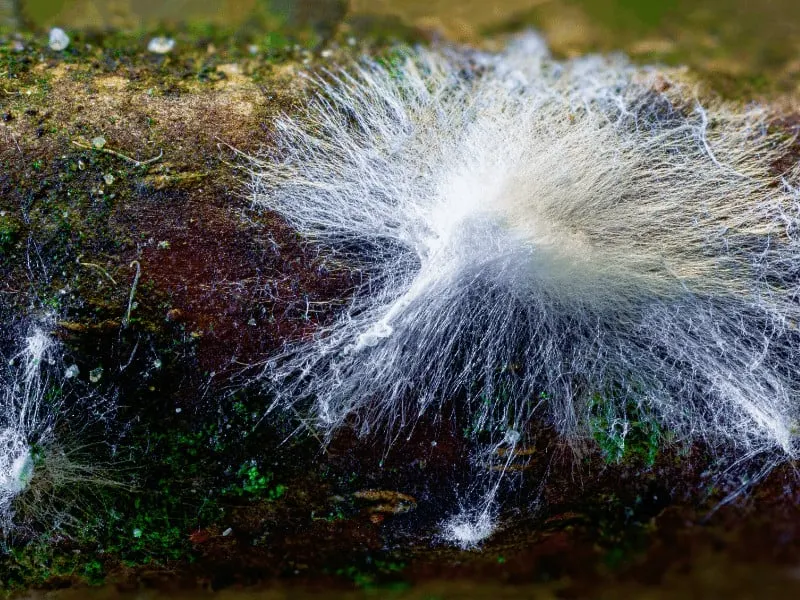
8. Pests
Pests are a common issue in many gardens and indoor plants. They are also responsible for killing your plant.
One main symptom of your Monstera Deliciosa being infested with pests is that the leaves start developing black spots.
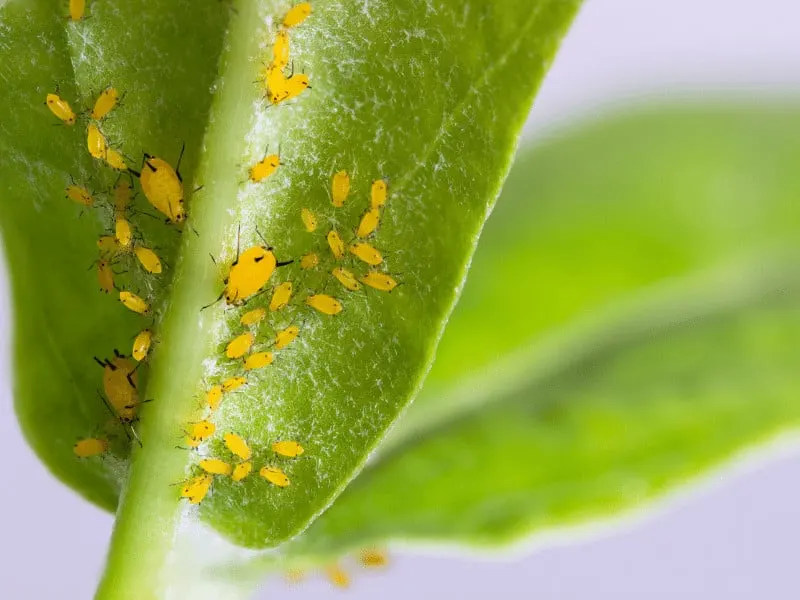
9. Insufficient Airflow
Airflow to a plant’s leaves is essential. Whenever there is little to no airflow, the Monstera deliciosa plant has issues getting rid of excess water in the plant itself or on the plant leaves and might be unable to remain cool in hot weather. This can lead to black spots that will spread on the foliage.
The airflow will ensure the Monstera stays dry and help it regulate high temperatures better as the airflow will cool the plant.
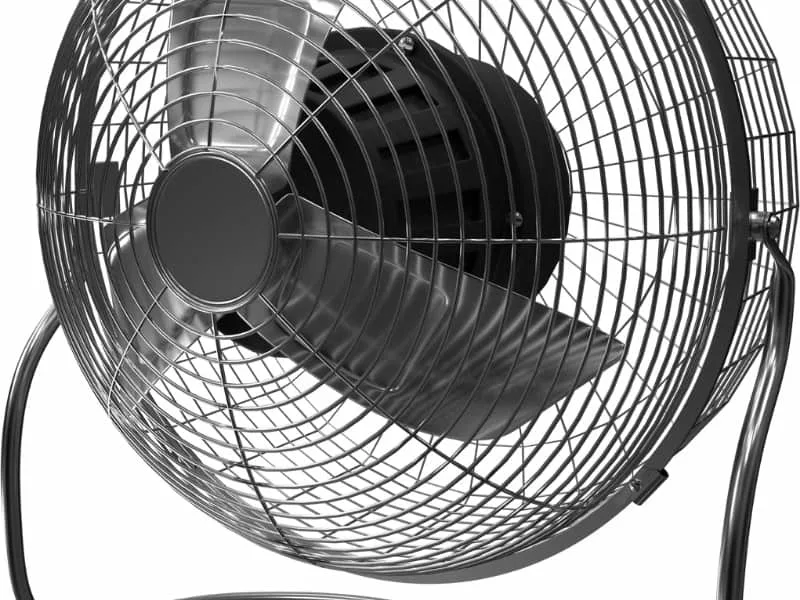
9 Ways to Avoid Black Spots on Monstera Deliciosa
1. Avoid overwatering
If you suspect that your Monstera Deliciosa is overwatered, you should remove your plant from the pot and clean the diseased roots.
Then grab a pair of scissors and remove any black roots since they are rotten (healthy roots are slightly tan).
Wash the plant pot with soap and water, then fill it with fresh soil. Add a handful of perlite or gravel to the soil so that it can dry more quickly and reduce the number of times you water your plant.
Add drainage holes to your plant’s pot to help remove any excess water. You should also prune off the damaged leaves on your Monstera Deliciosa.
2. Avoid underwatering
Always check if the soil in the plant pot feels dry after a few hours have passed, and then water it if the soil has become dry one inch deep.
Your Monstera Deliciosa may also be getting dry too fast because it has become root-bound. The soil tends to dry up faster since there is not enough space for the pot to hold the water.
If you notice that the roots are popping out of the soil or coming out of the drainage holes, you must repot your Monstera Deliciosa.
Once you repot your plant, let it stay in its new pot for three days without watering it. After three days have passed, you can water it again.
3. Provide Proper Shade
Keep your Monstera Deliciosa plant three feet away from the west or east-facing window since the light coming from these windows is too harsh for this plant.
If there is no space for your plant near an east or west-facing window, then you can place it near a south-facing window with sheer curtains.
If you have placed your Monstera Deliciosa outdoors, place it under the porch, so it has some shade from the bright sunlight. Rotate your plant pot after every few days so that each part of your plant receives an equal amount of sunlight.
Make sure that the leaves of your Monstera Deliciosa are not directly touching the windows, as it can cause further damage to them.
4. Control the Humidity Level
If your area has low humidity levels, you can place a humidifier close to your plants. You can also add water to a tray and place it near your plant to increase the humidity.
The water that evaporates from the tray will increase the humidity levels surrounding your plant and will be enough to satisfy your Monstera Deliciosa.
5. Avoid high humidity using fresh air
If the Monstera deliciosa is in a container or terrarium, use ventilators in the form of clip fans on a timer. Let them go on and off multiple times daily to prevent the humidity from entering the 90% range or more.
Also, add some fresh air by opening up windows and lids occasionally or use an ac fan to grow tents and rooms.
6. Provide Proper Fertilization
Fertilize your Monstera Deliciosa at least once a month from March till October. You do not need to mist your plant’s leaves with fertilizer as it can cause bacterial growth.
7. Take Precautions to Avoid Diseases
If you notice that any of your plant’s leaves have started to develop black spots, then it is best to remove them, as they can be caused due to a disease.
You can prevent your Monstera Deliciosa from developing bacterial and fungal diseases by keeping your plant’s leaves dry. This is why it is best to keep a humidifier rather than misting the leaves of your Monstera Deliciosa.
8. Take Precautions to Avoid Pests
You can minimize the risk of pests in several ways. Firstly, you can inspect your plant for any signs of insects, webbing, or damage.
Secondly, keep your new plant away from the rest of your plants for a few weeks. This ensures that the plant has not been infested with any pests.
Thirdly, you should always sanitize any piece of equipment that you use for your plant.
Inspecting your plant is another great way to watch for pests. However, pests often slip away without anyone noticing since they are usually small in size and are not noticeable unless they are grouped up.
You can spray your Monstera Deliciosa with neem oil or wipe it with rubbing alcohol if you suspect it has been infected with pests. It is also important to remember that none of these methods will cause any harm to your plant.
9. Use a ventilator, and avoid stagnant air
Use a ventilator in grow rooms, tents, containers, and terrariums. This will ensure constant airflow above and under the plant’s foliage and prevent black spots due to stagnant air.
Frequently Asked Questions on Monstera Deliciosa featuring black spots
Why are the new leaves on Monstera Deliciosa turning black?
The new leaves on your Monstera Deliciosa might be turning black due to moisture imbalance in the soil. This means your soil might be too wet or too dry.
Should I cut off leaves with black spots on them?
Leaves with black spots on them can be caused due to several reasons, and one of them is diseases and pests. Thus, it is best to cut off any leaves with black spots.
Conclusion To Black Spots On Monstera Deliciosa
Black spots on a Monstera deliciosa are caused by one of the following reasons:
- overwatering
- underwatering
- sunburn
- low humidity
- high humidity
- improper fertilization
- diseases
- pests
- sunburn

Daniel has been a plant enthusiast for over 20 years. He owns hundreds of houseplants and prepares for the chili growing seasons yearly with great anticipation. His favorite plants are plant species in the Araceae family, such as Monstera, Philodendron, and Anthurium. He also loves gardening and is growing hot peppers, tomatoes, and many more vegetables.

